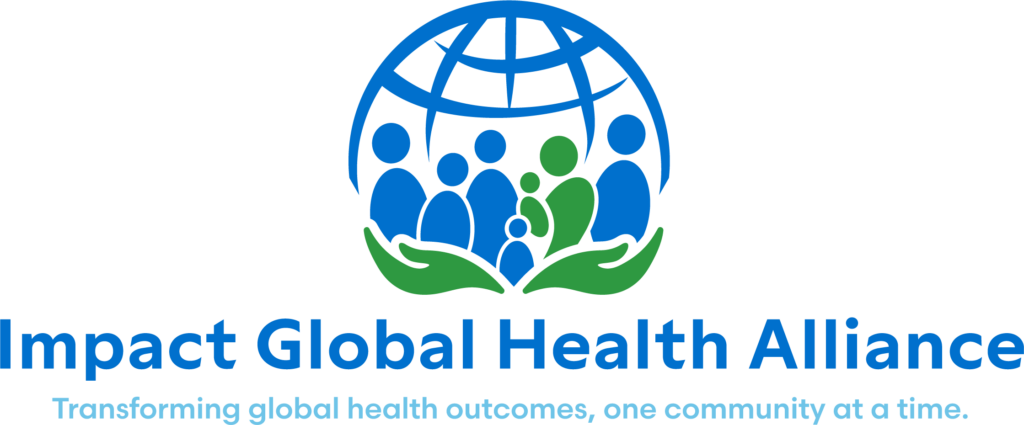Impact Global Health Alliance Global, an international nonprofit, established Casas Maternas in three municipalities located in the isolated northwestern highlands of Guatemala—an area with high maternal mortality ratio (636 maternal deaths per 100,000 live births). Casas Maternas are maternal health facilities that provide vital health services, encourage local accountability through staffing local people and provide a safe environment where cultural norms and traditions are respected. Traditional birth attendants are encouraged to bring patients for delivery at the Casas Maternas, where trained staff are present and access to referral care is facilitated.
In an effort to assess the contribution of two Casas Maternas to health facility deliveries, a mixed-methods study was conducted. Equity of access was a measure used as both partner and non-partner communities were studied. Of the 321 women eligible for inclusion in the study, 275 women were surveyed, and 14.3% could not be located or refused to participate. The results show that between April 2013 and March of 2014, 70% of women living in partner communities delivered in a health facility (54% in a Casa Materna) compared with 30% of women living in non-partner communities (17% in a Casa Materna). Maternal education and household wealth had no significance and a weak effect respectively on whether or not women delivered in health facilities. Conversely, distance from the Casa Materna had a pronounced effect on whether or not women delivered in health facilities.
When determining the key decision makers about the birthing place, it was pointed out that the woman herself was often not the final decision maker. The two key decision makers were identified as the husband and the traditional birthing attendant (comadrona). Husbands may have decided against going to a Casa Materna or health facility due to cultural conditions and customs. The comadrona was found to be one of the best supporters of the Casa Materna and a strong motivator for women to have their deliveries there. The comadronas would tell the families that delivering at the Casa Materna was safer than delivering in the home if complications during childbirth were to rise.
In addition to the influence of the comadrona and husband, it was found that the other main decision-making factor of whether a mother would give birth in a Casa Materna was the distance or perceived distance the home was from the Casa Materna. Women mentioned how low cost of transportation to the Casa Materna compared to government hospitals drew them there to give birth. However, some women perceived that the Casa Materna was either closer or farther than the actual distance from their home, influencing their decision. The results still showed that a greater percentage of women in partner communities delivered at a health facility (more than 50% in a Casa Materna) than women living in non-partner communities.
Evidence from our three pilot Casas shows that the model cost-efficiently and dramatically increases demand for health facility births, improves coverage of maternal/newborn care, reduces childbirth mortality, and empowers indigenous communities to improve their own health.
Article written by Purva Trivedi, Events and Outreach Intern




